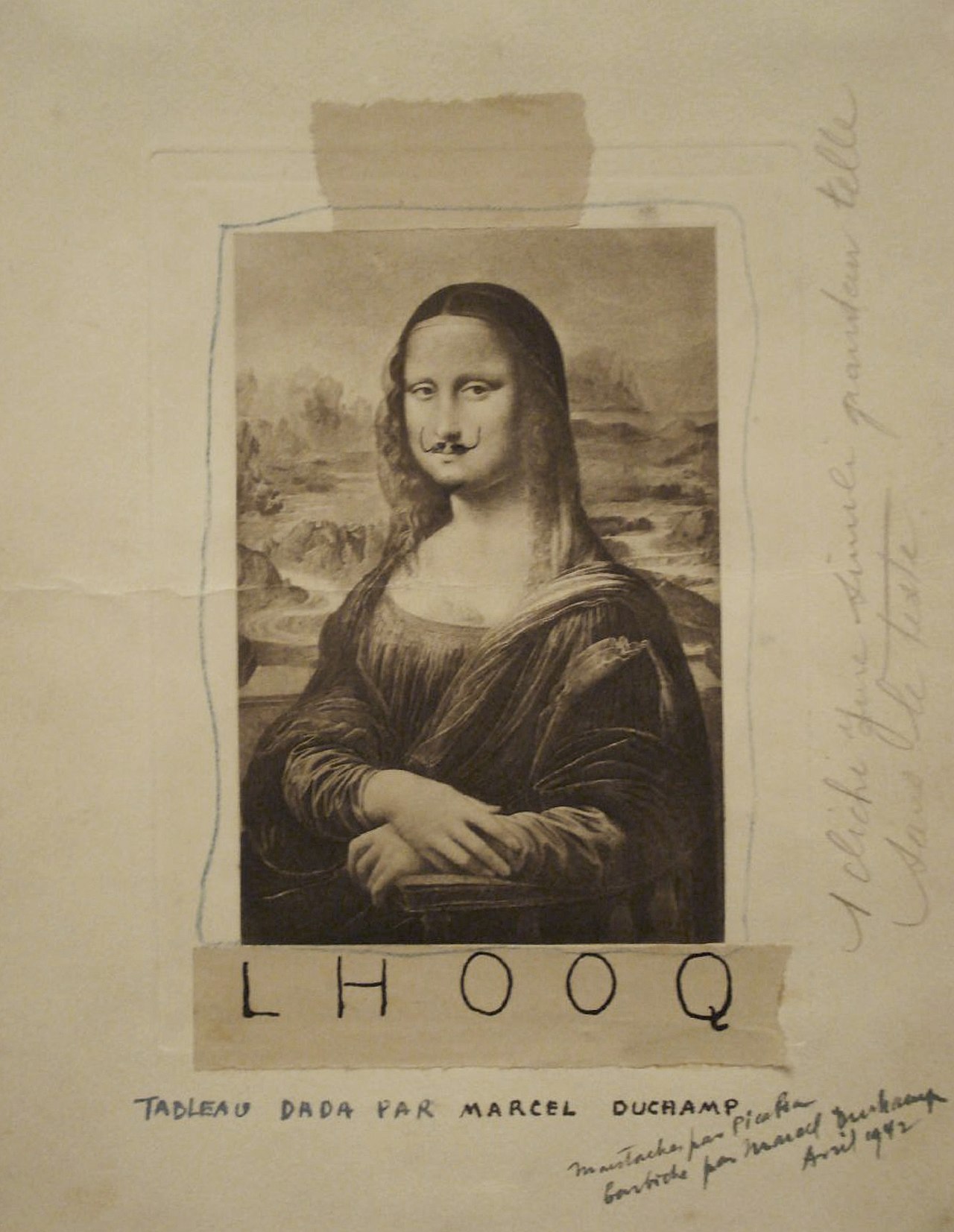Protections for art and other creative works
Artwork, among other creative outputs such as literature and cinema are afforded legal protection from copying in order to protect the commercial rights of the creator(s). There are also academic standards regarding creations made in scholarly pursuits. Below the subjects are addressed.- Public Domain
- Works that are in the public domain are free for anyone to use or copy.
- Copyright Law & Public Domain
- Any completely original work you or any writer, artist, designer, photographer, etc... makes is immediately copyrighted.
- Copyright duration varies by country, but in the USA, the length of a copyright is 70 years after the death of the author for works created or published after 1978.
- On the 70th year after the death of the author (or the death of the last author if there are multiple), the work is released into the public domain, meaning no one person will control or own it.
- To use copyrighted work you must obtain permission from the owner.
- The particular instance of use qualifies as fair use.
- The image is in the public domain because the author declares it is, or because it is old enough that the copyright has expired.
- The author licenses it under an alternative model.
- Fair Use & Appropriation Clause of Copyright law
- Fair use is the use of limited amounts of copyrighted material in such a way as to not be an infringement. It is codified at 17 U.S.C. § 107, and states that "the fair use of a copyrighted work ... is not an infringement of copyright." The challenge is that a judge must review any case to see if it qualifies as fair use. Judges generally consider four factors (but may consider others as well).
- The four factors judges consider are:
- the purpose and character of your use
- the nature of the copyrighted work
- the amount and substantiality of the portion taken, and
- the effect of the use upon the potential market.
- The Transformative Factor: The Purpose and Character of Your Use
-
In a 1994 case, the Supreme Court emphasized this first factor as being an important indicator of fair use. At issue is whether the material has been used to help create something new or merely copied verbatim into another work. When taking portions of copyrighted work, ask yourself the following questions:
- Has the material you have taken from the original work been transformed by adding new expression or meaning?
- Was value added to the original by creating new information, new aesthetics, new insights, and understandings?
Purposes such as scholarship, research, or education may also qualify as transformative uses because the work is the subject of review or commentary.
Source (Copyright and Fair Use, Stanford University Libraries)
- Derivative Artwork
-
In copyright law, a derivative work is an expressive creation that includes major copyrightable elements of a first, previously created original work (the underlying work). The derivative work becomes a second, separate work independent from the first. The transformation, modification or adaptation of the work must be substantial and bear its author's personality sufficiently to be original and thus protected by copyright. Translations, cinematic adaptations and musical arrangements are common types of derivative works.
Most countries' legal systems seek to protect both original and derivative works. They grant authors the right to impede or otherwise control their integrity and the author's commercial interests. Derivative works and their authors benefit in turn from the full protection of copyright without prejudicing the rights of the original work's author.
Source (https://en.wikipedia.org/wiki/Derivative_work)

It is important to note here that Duchamp is not in breach of copyright law in his use da Vinci's work as copyright protection last only 70 years after the death of the artist. da Vinci died in 1519.
Also worth noting is that not all countries have the same rules on copyright after the death of the author/creator. Here is a list that allows you to check for specific rules for specific countries. Length of copyright protections by country
- Orphan Works
-
An orphan work is a copyright protected work for which rightsholders are positively indeterminate or uncontactable. Sometimes the names of the originators or rightsholders are known, yet it is impossible to contact them because additional details cannot be found [1]. A work can become orphaned through rightsholders being unaware of their holding, or by their demise and establishing inheritance has proved impracticable [2].
The unintended consequence has been the vexed question of orphan works. Since statutory damages for copyright infringement can run to $150,000, the person who cannot confirm the status of an orphan work by searching the registration records of the U.S. Copyright Office is well advised to assume that it is not in the public domain.
1. (Borgman, Christine L. (2007). Scholarship in the digital age: information, infrastructure, and the internet. MIT Press. p. 108. ISBN 978-0-262-02619-2.
2. In from the Cold: An assessment of the scope of 'Orphan Works' and its impact on the delivery of services to the public by Naomi Korn (PDF). JISC Collections Trust. April 2009. p. 9. Retrieved 2024-02-02.